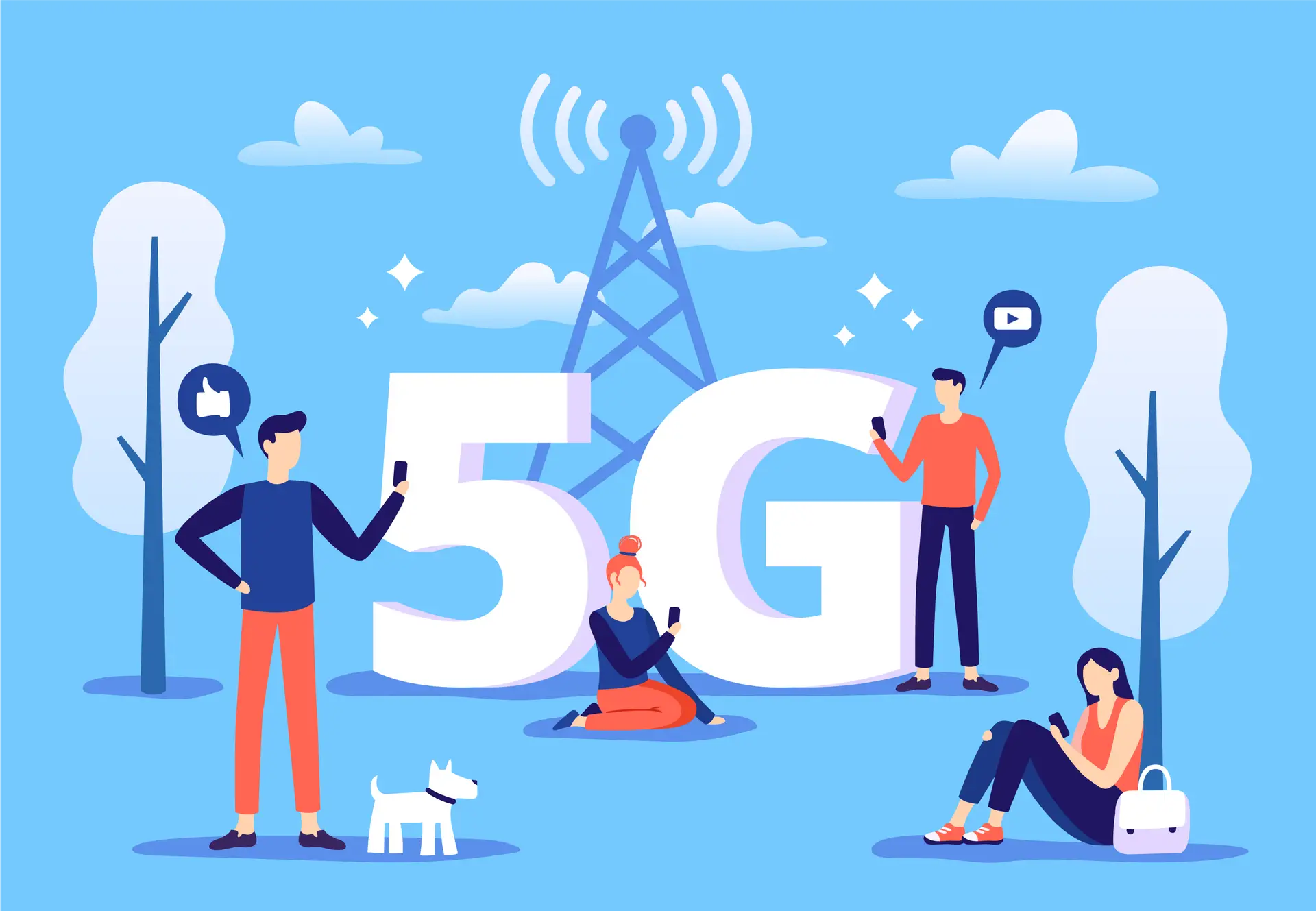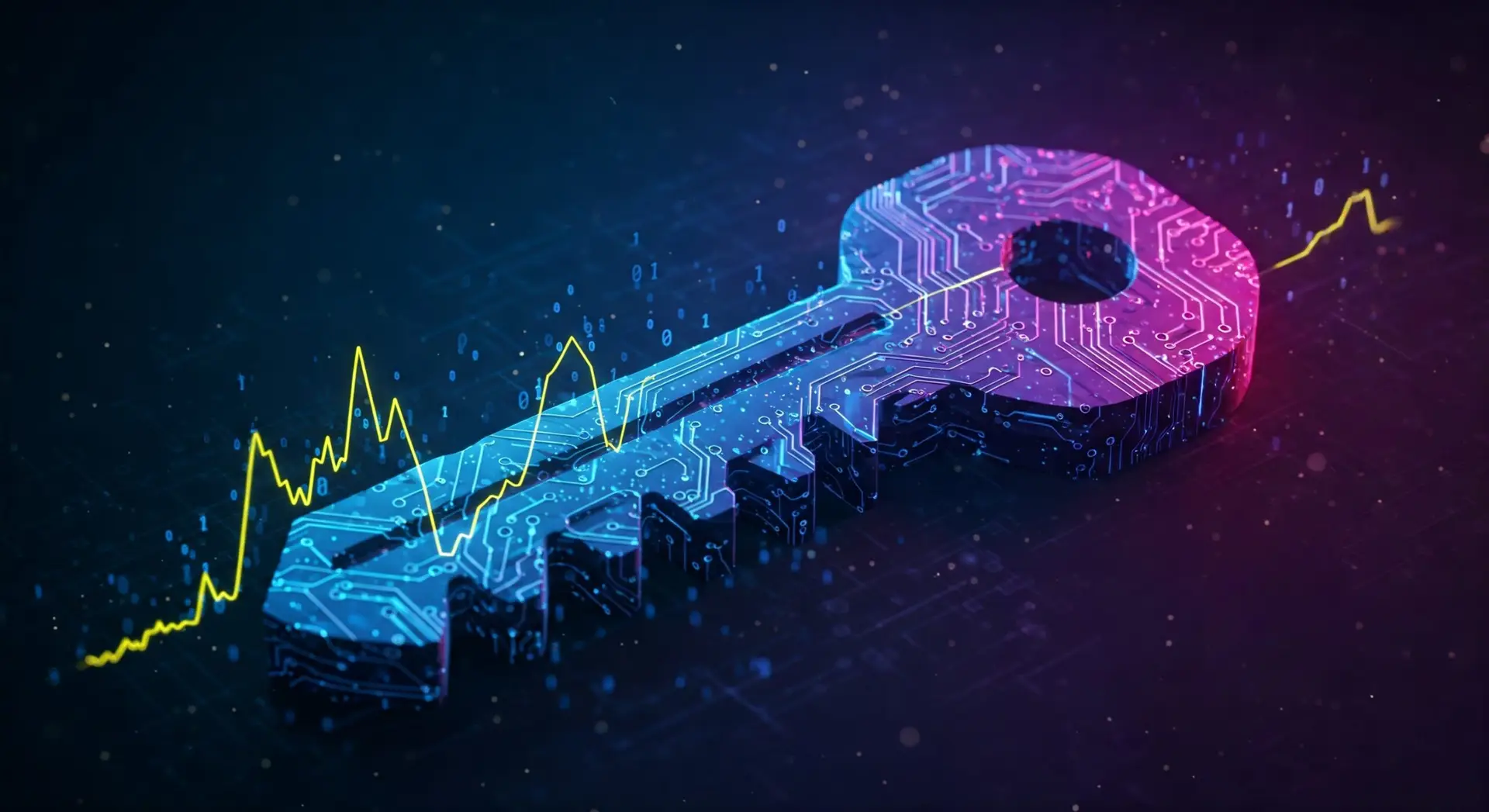The arrival of 5G technology promises faster speeds, lower latency, and greater connectivity. This is set to revolutionize industries such as healthcare, transportation, and manufacturing – but 5G security is a key factor in reducing risk.
5G and Cybersecurity
5G networks are designed to support the growing number of connected devices in the Internet of Things (IoT). Unlike previous generations, 5G focuses on seamless connectivity across devices, including cars, smart cities, and industrial equipment. The expansion of connected devices introduces new vulnerabilities that malicious actors could exploit.
While 4G networks posed their own security risks, 5G increases the attack surface, creating more entry points for cybercriminals. As we enter the age of 5G, the risk of data breaches, ransomware attacks, and other cyber threats is expected to rise significantly.
What Makes 5G Different?
There are three main differences between 5G and its predecessors:
- Increased connectivity: More devices and machines will be connected, increasing the network’s complexity and potential vulnerabilities.
- Virtualization: 5G relies on network function virtualization (NFV), which introduces additional security risks associated with software-based functions.
- Software-defined networking (SDN): SDN allows networks to be managed programmatically. This reduces costs but also opens up new security concerns, such as vulnerabilities in the software that controls the network.
Key Cybersecurity Challenges in 5G Adoption
1. Increased Attack Surface
5G’s ability to support billions of connected devices is a double-edged sword. While it allows for more seamless interactions, it also presents an enormous attack surface. Every connected device is a potential entry point for attackers. Smart cities, healthcare systems, and transportation networks are particularly vulnerable due to the sheer number of devices and sensors involved.
A single compromised device can serve as a gateway to a broader attack on the network. The widespread use of IoT devices means that attackers have more opportunities to exploit weaknesses in both the network infrastructure and the devices themselves.
Solution: Businesses should ensure that every device connected to their network is secured. Strong authentication, encryption, and regular updates are essential for reducing vulnerabilities in connected devices.
2. Network Slicing Vulnerabilities
One of the unique features of 5G is network slicing. This allows operators to create multiple virtual networks on a shared physical infrastructure. Each slice can be tailored to specific services, such as healthcare or autonomous vehicles, with different levels of security, performance, and reliability.
While network slicing offers flexibility, it also introduces new security challenges. A vulnerability in one slice could allow attackers to compromise other slices, leading to widespread disruption. For example, a cyberattack on a critical service, such as emergency communications, could have devastating consequences.
Solution: Network operators must implement strict isolation measures between network slices. Enhanced monitoring, encryption, and segmentation can help mitigate the risks associated with network slicing.
3. Supply Chain Risks
5G networks rely on a global supply chain of hardware and software components. These components come from various vendors, creating potential points of vulnerability. A single compromised component in the supply chain could provide an entry point for attackers, leading to network-wide breaches.
The Huawei controversy is a well-known example of supply chain risks in 5G. Several countries have raised concerns about the use of Huawei’s equipment in 5G infrastructure due to potential security risks.
Solution: Organizations should carefully vet their suppliers and ensure that all components meet strict security standards. Supply chain transparency and security assessments are crucial for minimizing the risk of compromised hardware and software.
4. Threats from Edge Computing
5G enables edge computing, which moves data processing closer to the source of the data. While edge computing reduces latency and enhances performance, it also introduces new security challenges. Edge devices are often less secure than centralized data centers, making them attractive targets for attackers.
The decentralized nature of edge computing means that securing these devices requires a different approach than traditional cybersecurity measures. Attackers could exploit vulnerabilities in edge devices to compromise the broader network or steal sensitive data.
Solution: Organizations should implement robust security protocols for edge devices. This includes encryption, regular patching, and multi-factor authentication to reduce the risk of compromise.
5. Legacy Infrastructure Vulnerabilities
Many organizations have existing infrastructure that was not designed with 5G in mind. As companies transition to 5G, they may rely on legacy systems that are incompatible with the new technology or lack the necessary security features.
These legacy systems can create significant vulnerabilities in a 5G network. For example, outdated hardware or software may be unable to handle the increased traffic or secure the data transmitted over a 5G network.
Solution: Organizations should assess their current infrastructure and identify any gaps that need to be addressed before adopting 5G. Upgrading legacy systems and ensuring they meet modern security standards is essential for reducing risks.
6. Privacy Concerns
The increased connectivity of 5G brings greater concerns about data privacy. With billions of connected devices collecting vast amounts of data, there is a heightened risk of sensitive information being exposed or misused.
For example, smart cities will rely on 5G to collect and transmit data from various sensors, cameras, and devices. Without strong privacy measures, this data could be vulnerable to interception or misuse, raising serious ethical and legal concerns.
Solution: Organizations should implement strong encryption and privacy protections for all data transmitted over 5G networks. Compliance with data protection regulations, such as GDPR, is crucial for safeguarding personal information.
7. Potential for DDoS Attacks
The increased bandwidth and connectivity of 5G networks could make them more susceptible to Distributed Denial of Service (DDoS) attacks. A DDoS attack floods a network with traffic, causing it to slow down or crash. Given the critical services that will rely on 5G, such as healthcare and emergency response, the impact of a DDoS attack could be devastating.
DDoS attacks could also target specific devices or services within a 5G network. For example, an attack on an autonomous vehicle system could disrupt transportation and create safety hazards.
Solution: Organizations should deploy DDoS protection solutions and monitor network traffic for unusual activity. Early detection and response are key to mitigating the impact of a DDoS attack.
8. Lack of Standardized Security Measures
Currently, there is no universal standard for 5G security. Different countries and organizations may implement varying security measures, creating inconsistencies across networks. This lack of standardization could lead to security gaps that attackers could exploit.
For example, a device that meets security standards in one country may not be secure in another. This inconsistency makes it difficult to ensure a uniformly secure 5G network across borders.
Solution: Global collaboration is needed to establish standardized security measures for 5G networks. Industry leaders, governments, and regulators must work together to create a comprehensive security framework.
The Role of Governments and Regulators
Governments and regulatory bodies play a critical role in addressing the cybersecurity challenges associated with 5G adoption. Policies and regulations must be updated to reflect the unique risks posed by 5G networks. This includes establishing security standards for devices, networks, and data handling.
In the United States, the Federal Communications Commission (FCC) has been actively involved in shaping 5G policies. Similarly, the European Union has issued recommendations on 5G security, emphasizing the importance of a coordinated approach across member states.
Governments must also ensure that critical infrastructure, such as healthcare and transportation systems, are adequately protected as they transition to 5G.
To learn more about securing your organization in the age of 5G, check out these resources:




